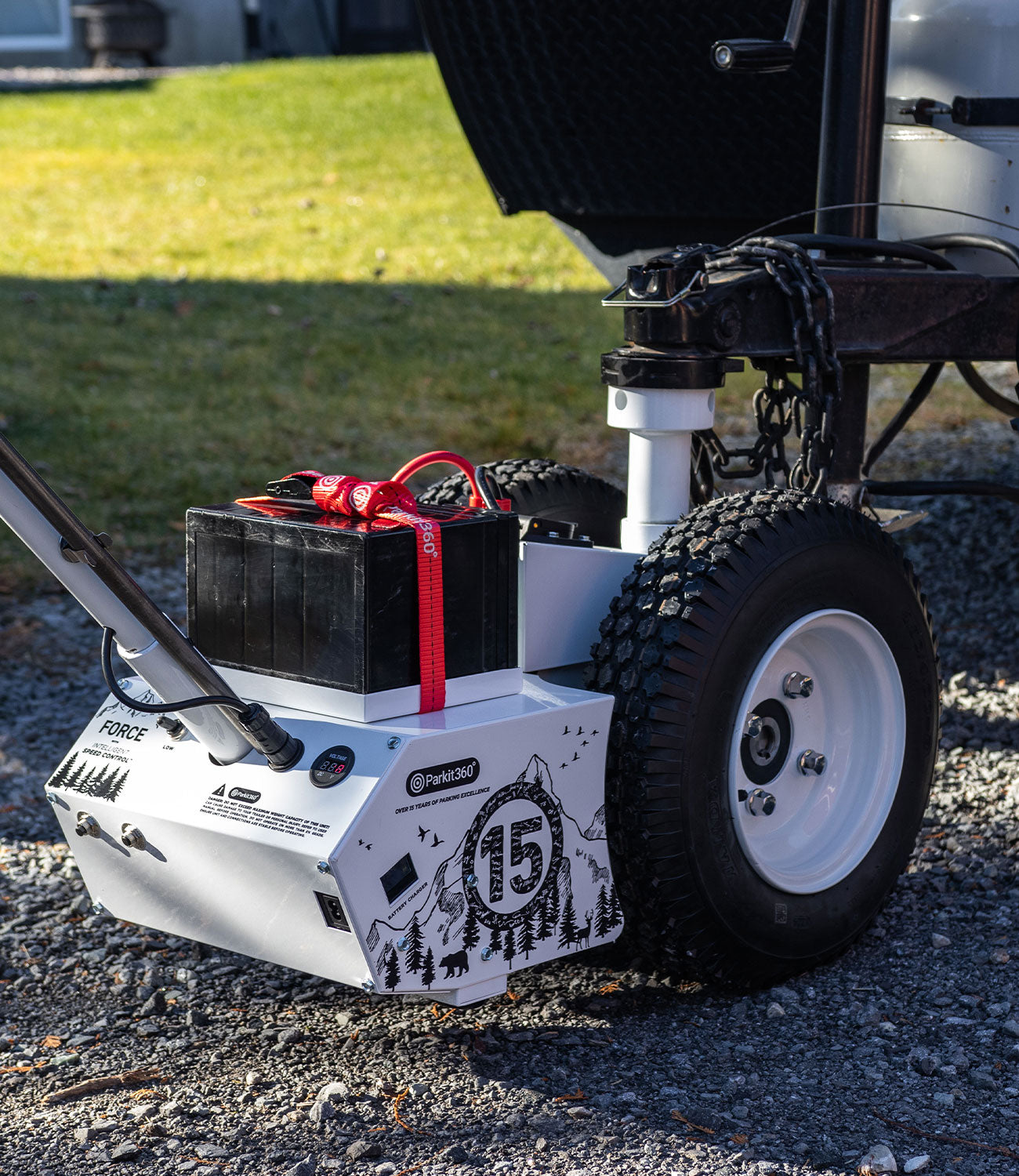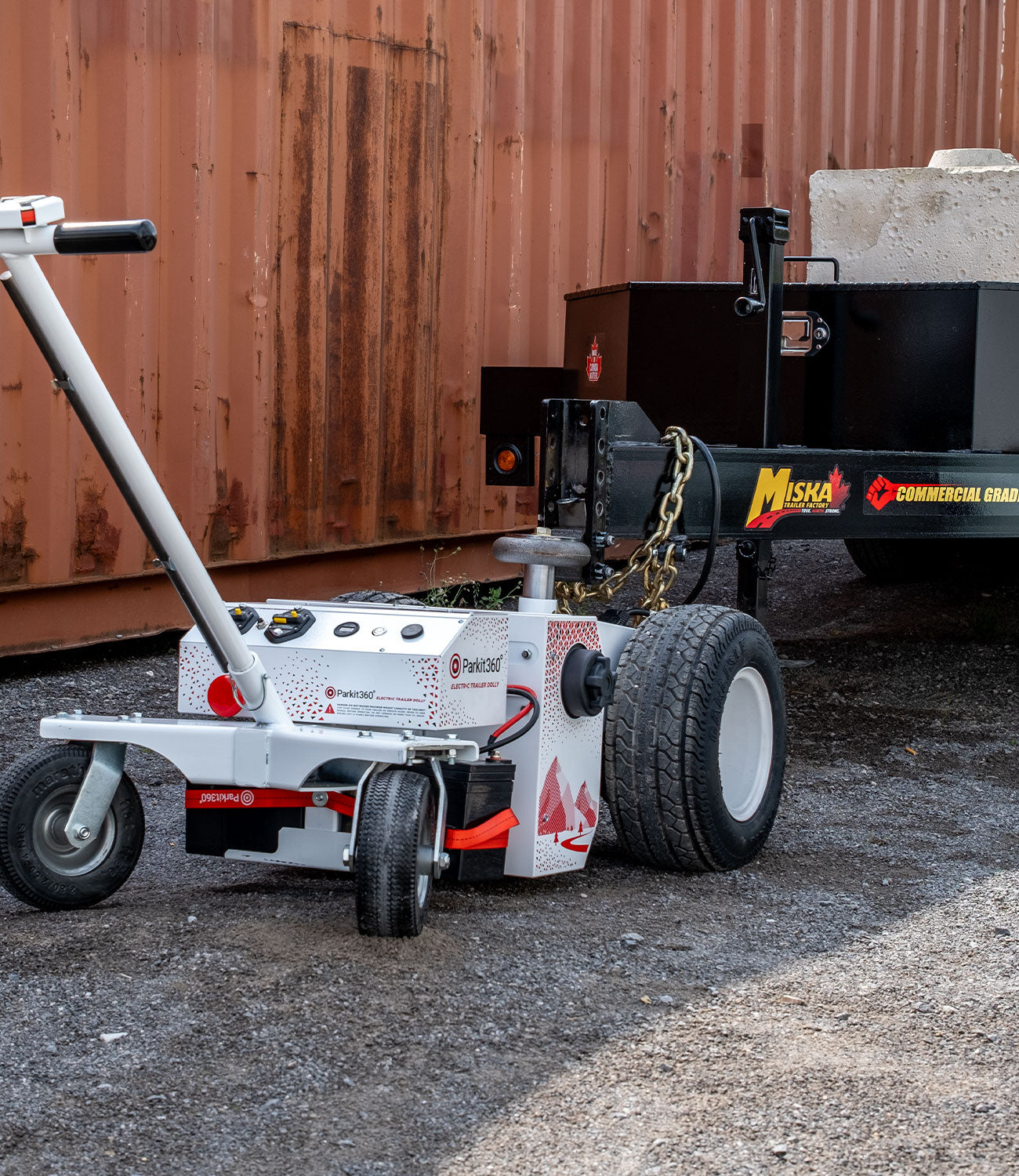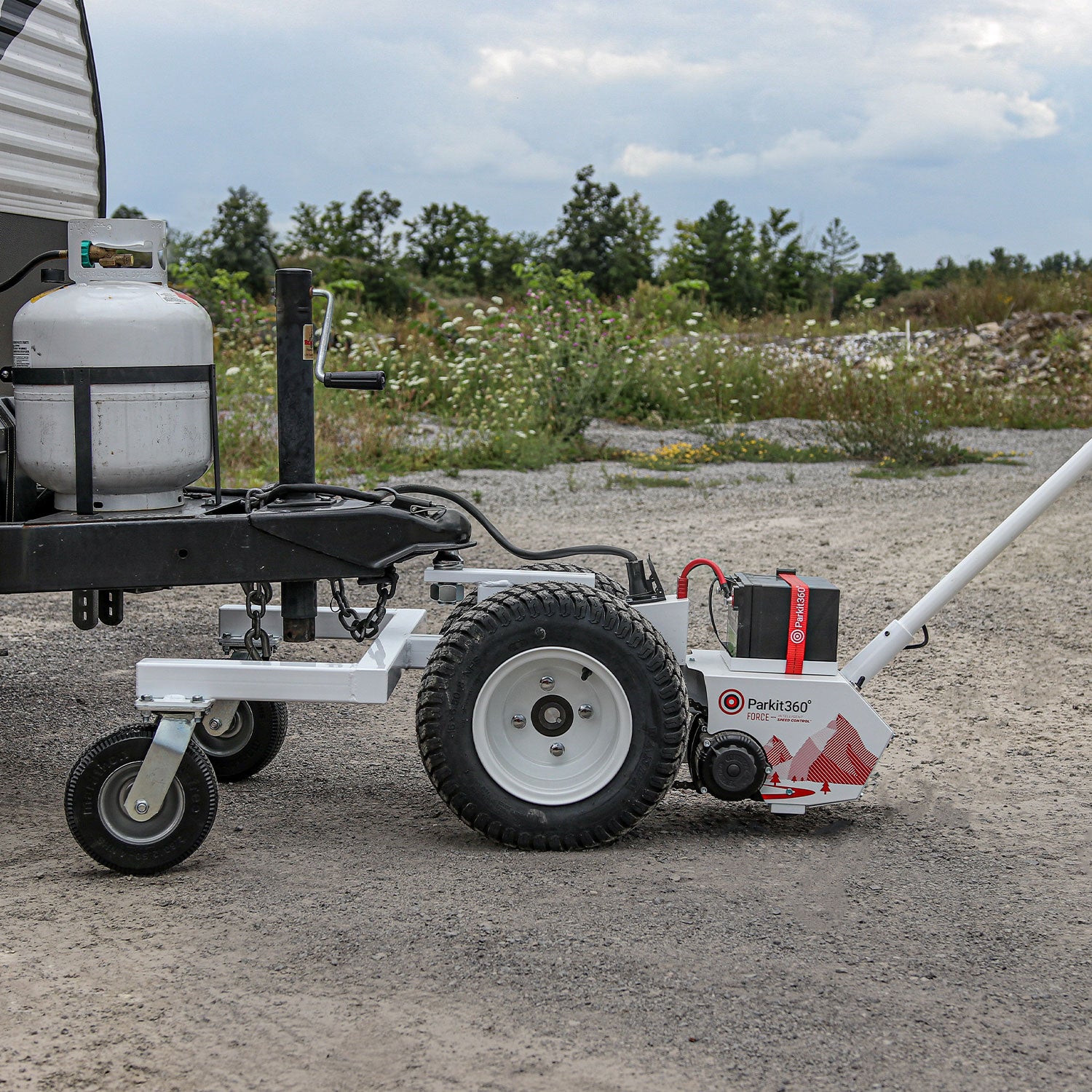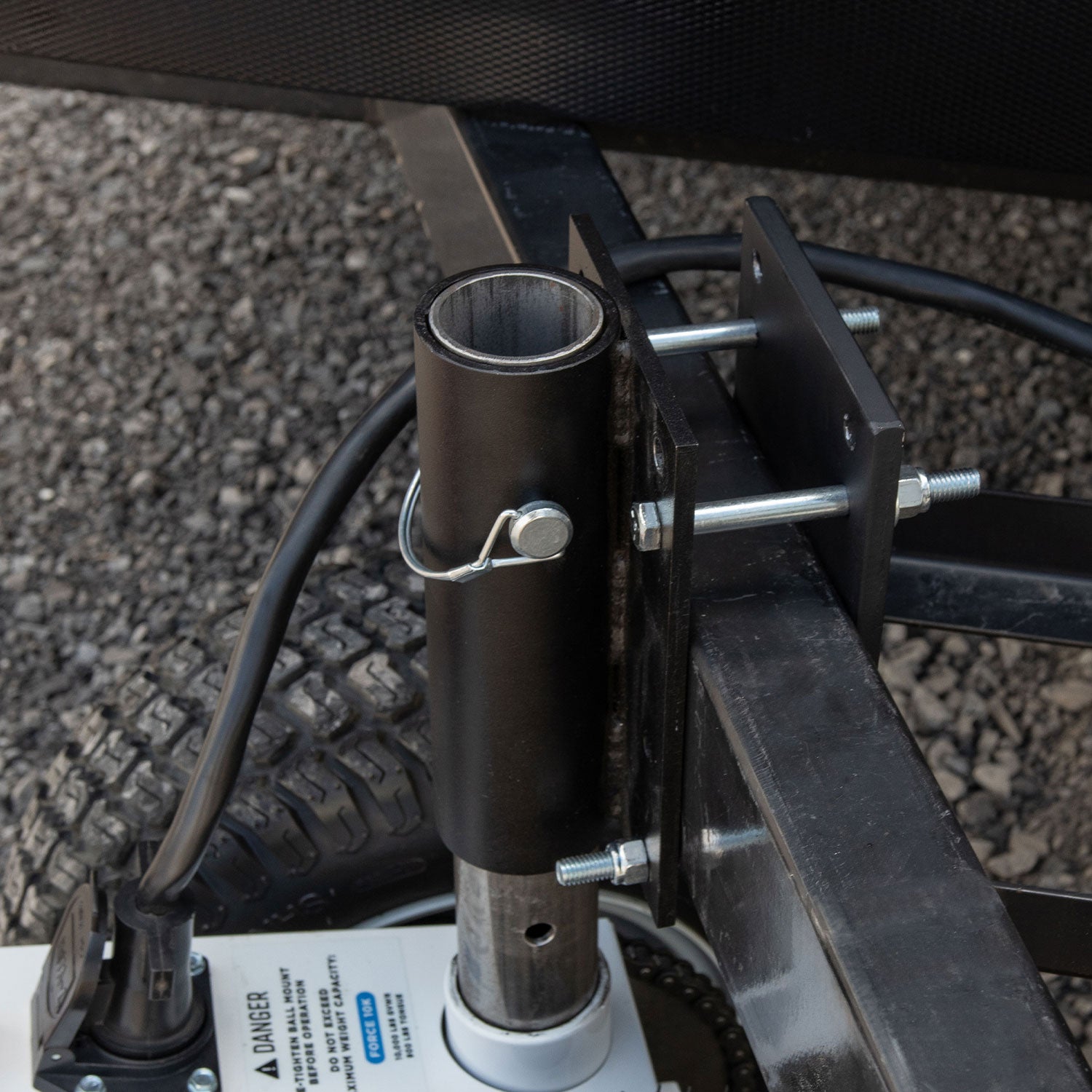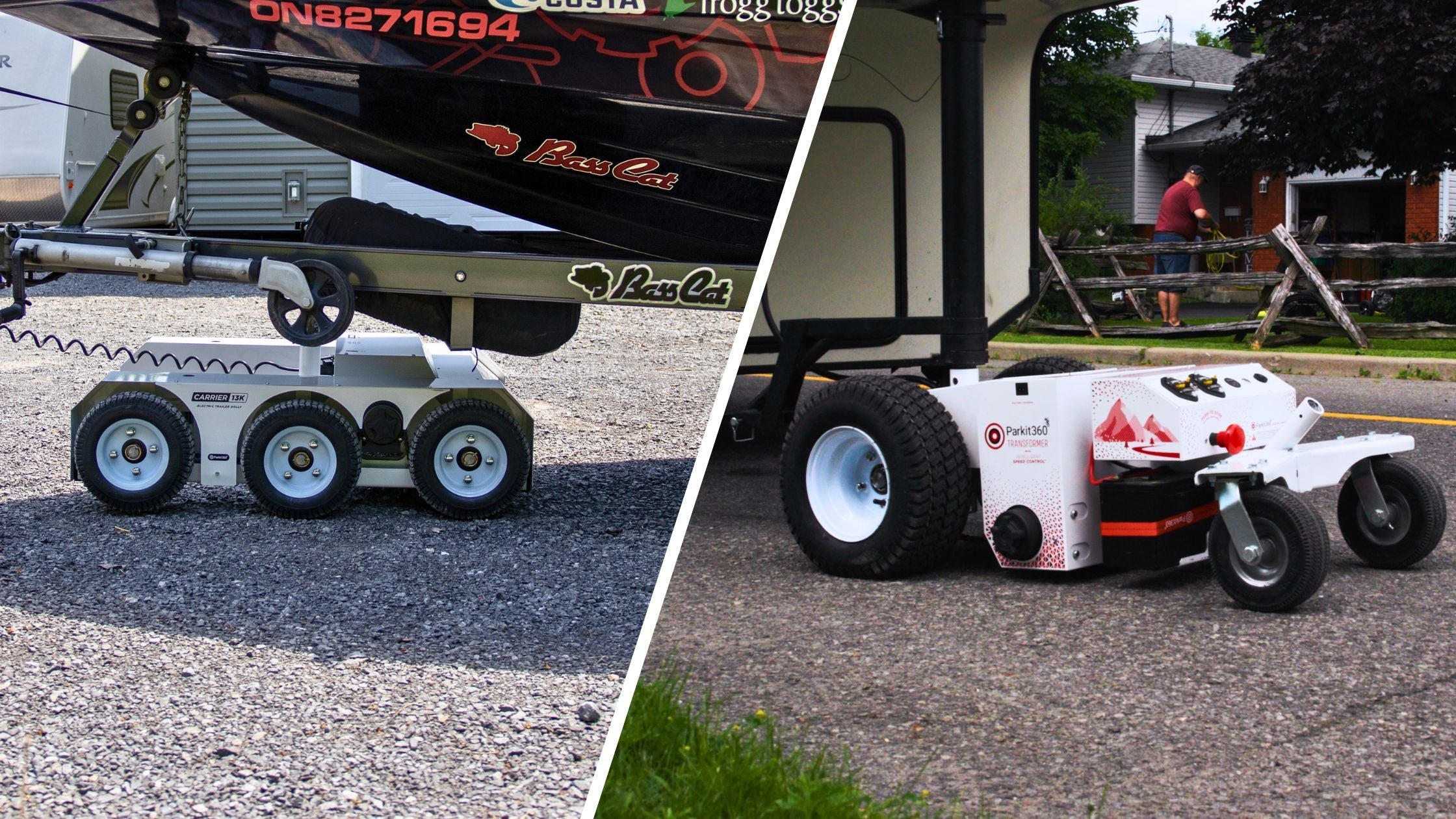
Should I buy the Carrier 13K or the Transformer 15K?
Remote control trailer parking? Yes, please! So you’re considering a wireless remote control trailer dolly, but now the question is: which one should you get—the Carrier 13K or the Transformer 15K?...
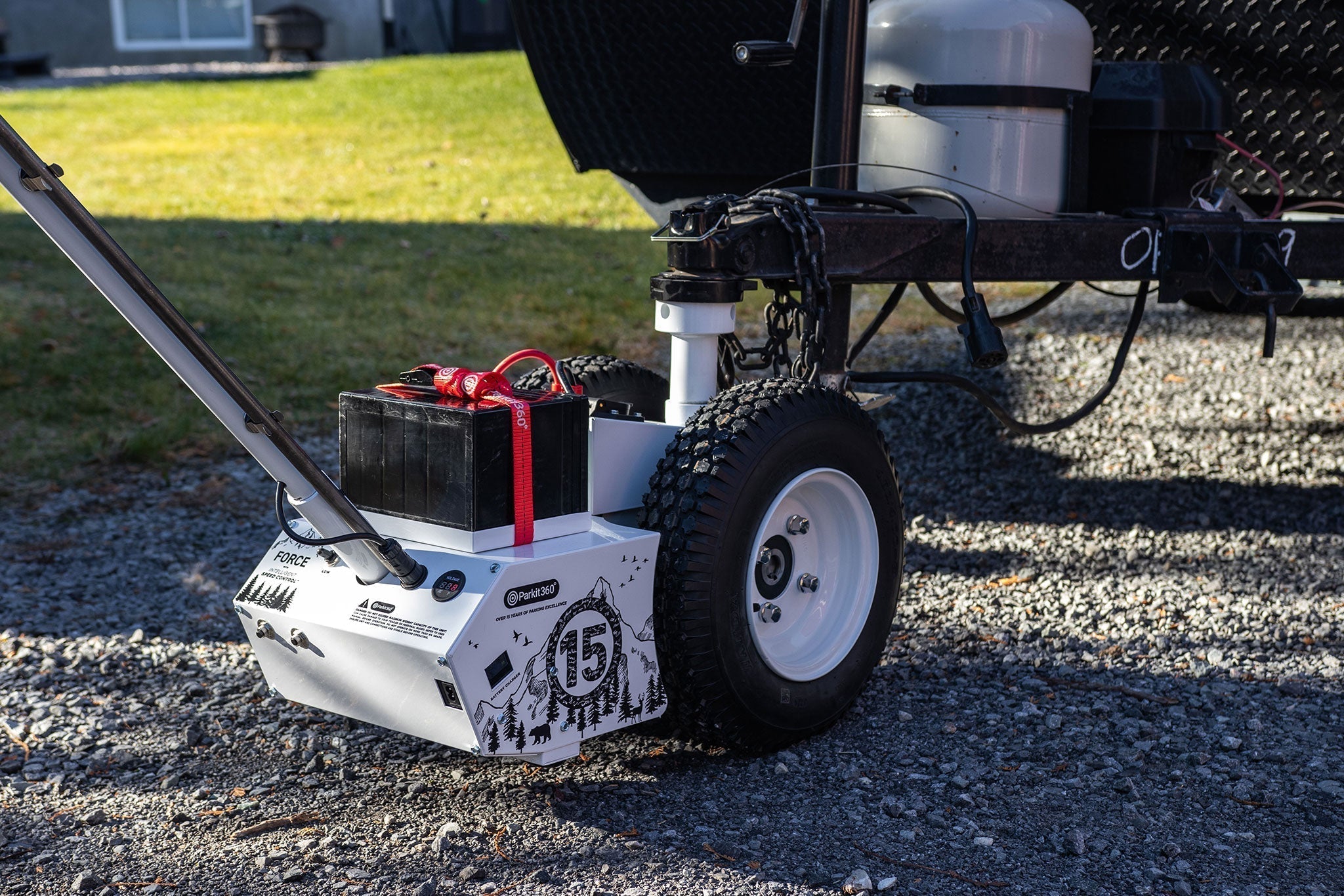
15 Years of Parking Perfection
It’s almost hard to believe that what started as a one-man operation in a home garage is now a successful trailer dolly manufacturer that has helped over 25,000 people park stress free. In that tim...
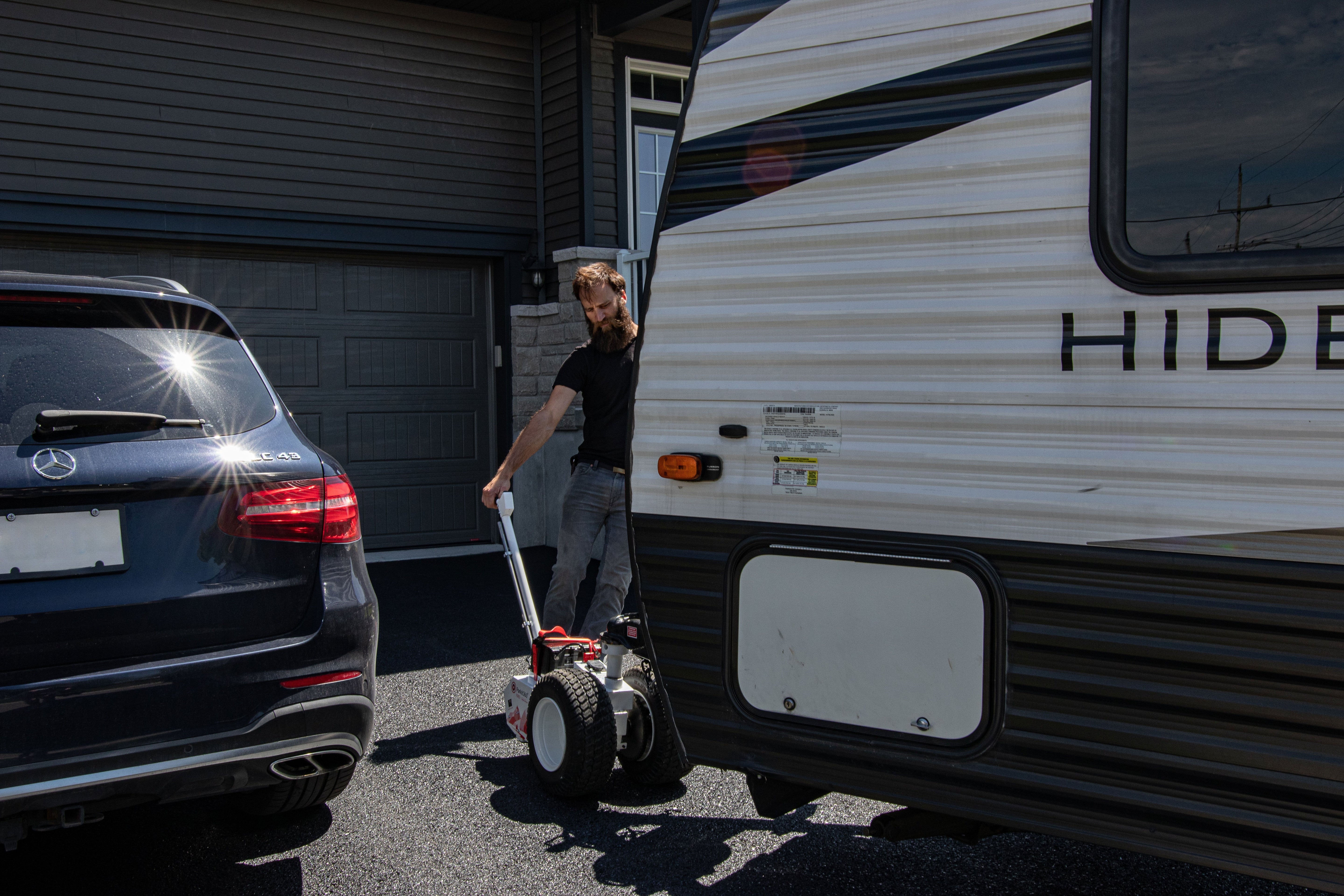
An ode to my trailer dolly Coming home, with camper fullOf dirty clothes and memories,Bringing the trailer ‘round the backAnd parking it with ease. I might be tired, but I don’t mind –It takes no w...
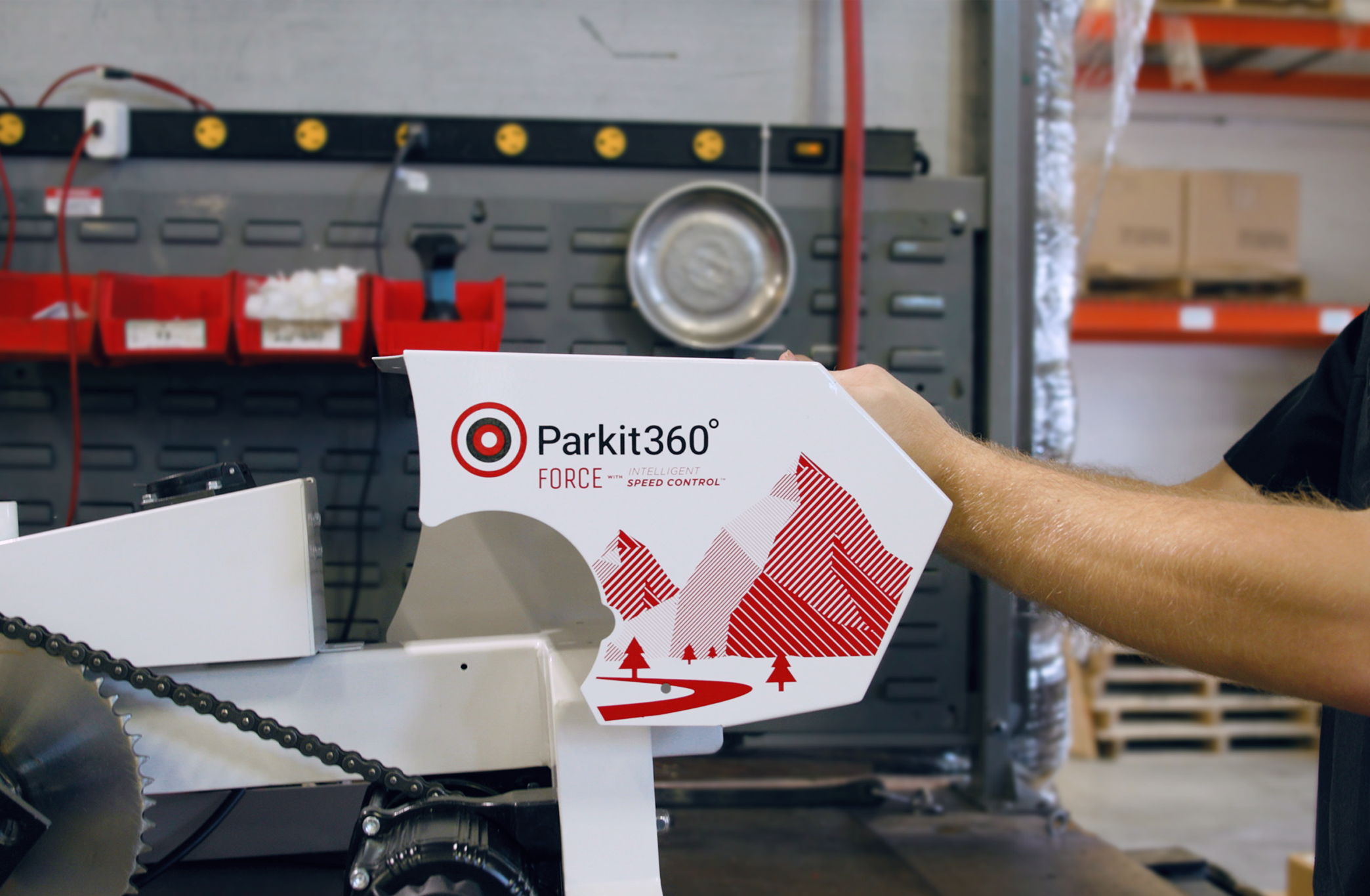
Let’s Get Acquainted, Shall We?
Our Small Beginnings Hard Work Fosters Growth Parkit360 began as an out-of-garage business in little ol’ Carleton Place, ON, Canada. It was a one man show for a while until business started boo...
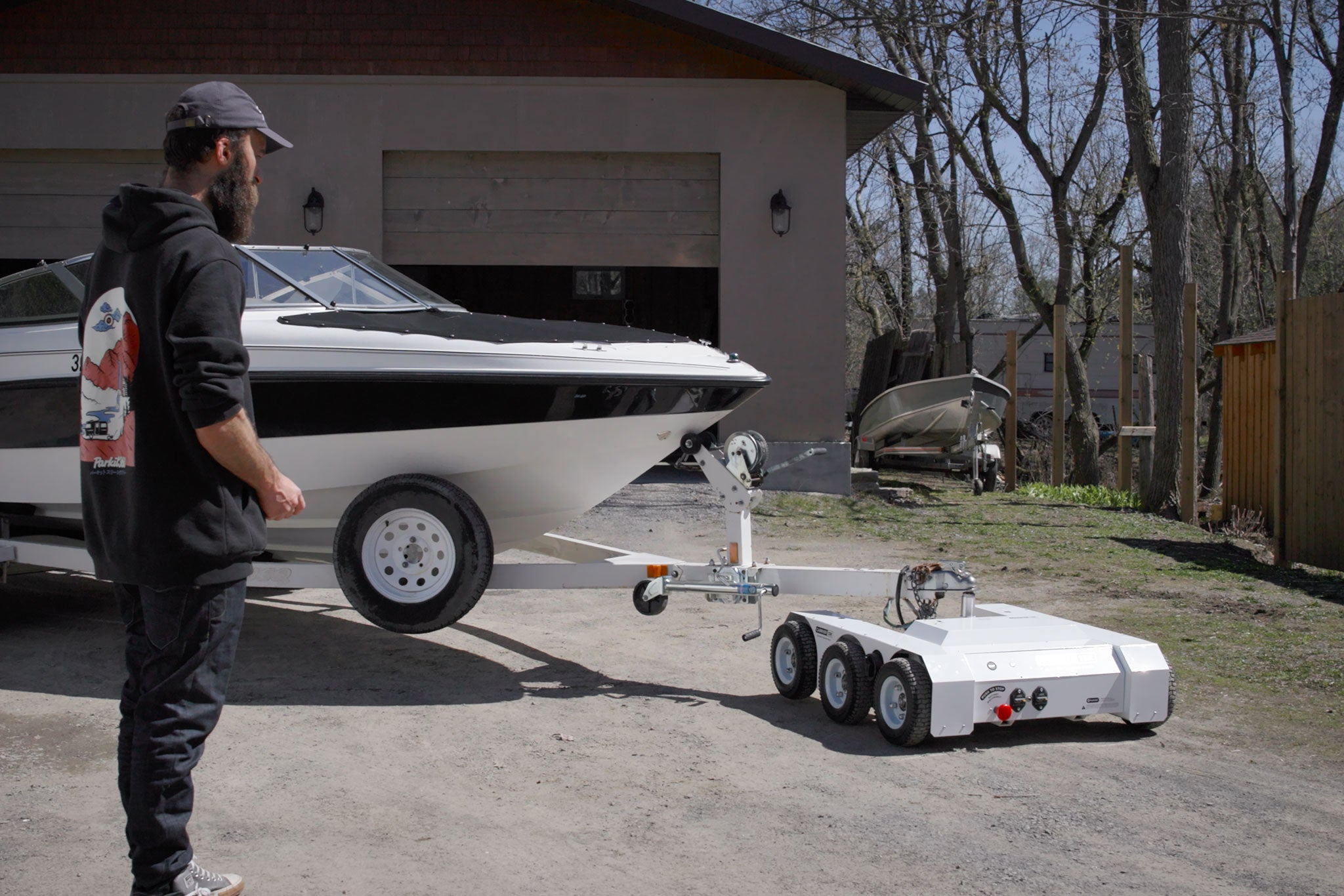
How a Boat Crash Turned My Hobby into a Successful Startup
There are many reasons to start a business; it can be the desire to be your own boss, pursuing your true passion, having more hands-on opportunities, or simply making more money. For me, it was a c...
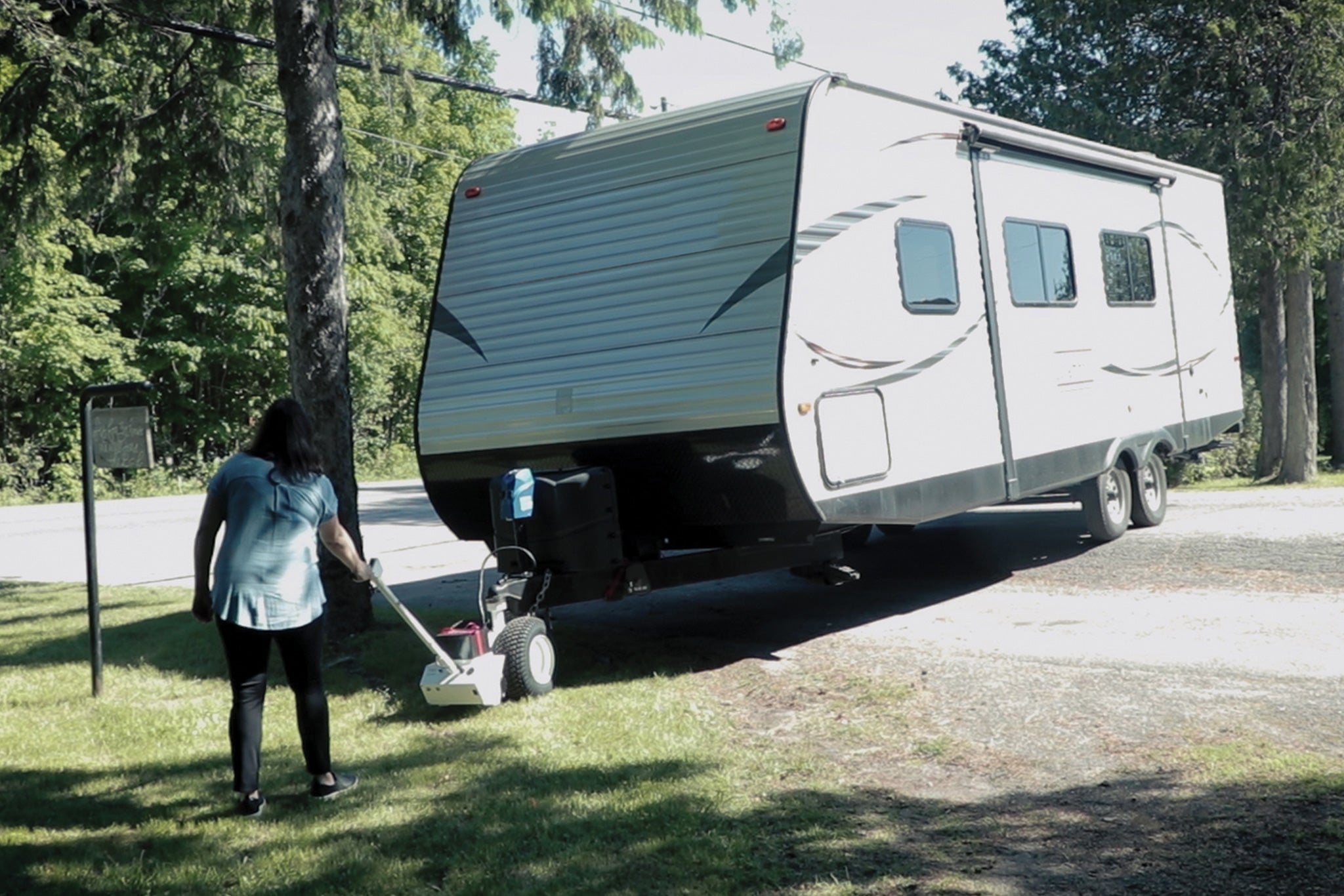
Parkit360 Motorized Trailer Dollies: Eliminating Parking Headaches
Having trouble parking your trailer into a tight spot? Parkit360’s Motorized Electric Trailer Dollies are perfect for storing boat trailers, RVs and other travel trailers. They will move up to 15,0...


